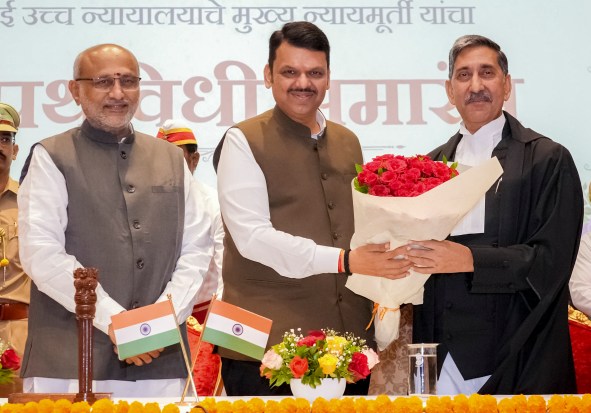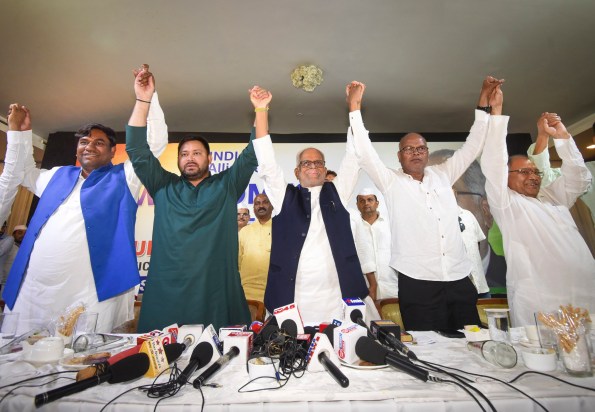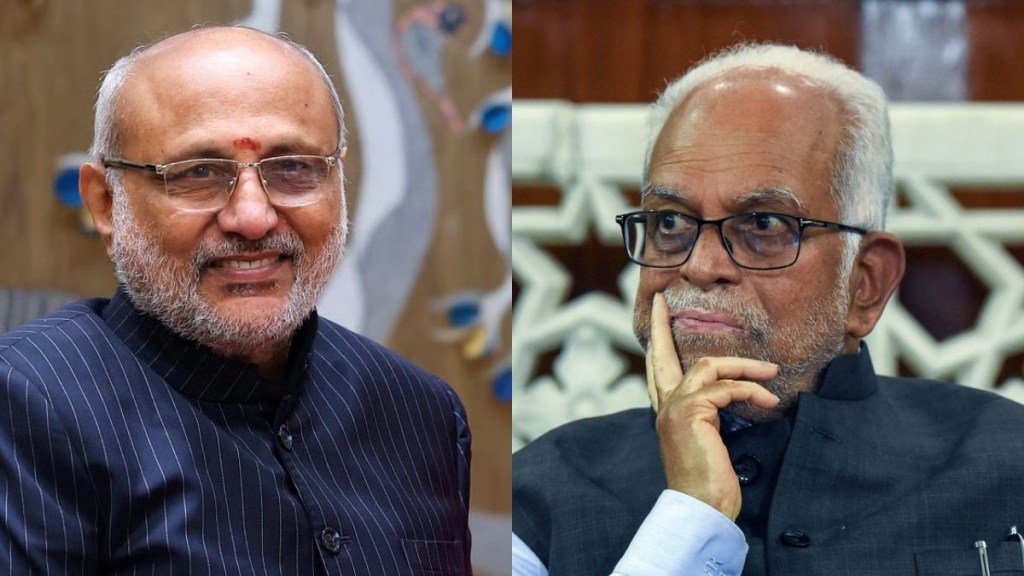A high-stake election is all set to be held on September 9 when the members of parliament will vote to elect the new Vice-President of the country. The battle is set out between ruling National Democratic Alliance (NDA) candidate CP Radhakrishnan and opposition’s candidate, former Supreme Court judge B. Sudershan Reddy as its nominee. The parties are conducting meetings to get more support for the respective candidates.
The election was necessitated after Jagdeep Dhankar suddenly dropped a bombshell and resigned from the post of Vice President while the monsoon session of Parliament was underway. Now, both the treasury and opposition benches are preparing for an election they didn’t plan – Election of the Vice President of India.
The timing of the elections makes the contest more interesting as it comes just months before the Bihar polls. The victory will not give any ground advantage to any side, but the results do prove the strategic advantage any one of them may have over the other.

The Vice-President is ex-office Chairman of the Rajya Sabha, another reason why the victory is important for both the sides. Hence, the two sides have nominated their candidates for the second highest office of the country.
How is the Vice President of India elected?
The Vice-President is elected by an Electoral College, which consists of the members of the Lok Sabha and Rajya Sabha (both elected and nominated members). Under Article 324 of the Constitution of India, the Election Commission of India oversees the process of the elections to the Office of Vice-President.
The voting is done through ballot papers, which are printed in pink colour. The ballot papers are printed with two columns-first column containing the names of the candidates and, the second column, for making preference by the elector for each such candidate.
Unlike the Presidential election, only the MPs participate in the election of the Vice President. Also, the value of every vote is one. The voting is done on the system of proportional representation by means of single transferable vote.

This means that every elector has to list preference of the candidates in fray by placing the figures 1,2,3,4, 5 and so on, against the names of the candidates. The preferences are mentioned in column 2 and it is done on an individual basis and not on party lines.
For marking the vote, the poll panel will supply particular pens to the electors in the polling station. Electors have to mark the ballot only with this particular pen and not with any other pen.
Quota for victory in elections
The quota required to get elected is calculated as follows: The total number of valid votes cast at the election as ascertained in the first round of counting is then divided by two, and one is added to the quotient so obtained,
ignoring the remainder, if any. The number so determined, is the quota, which a candidate should secure to be declared elected.
If a candidate secures vote after the first round equal to, or greater than the quota sufficient to secure the return of a candidate, he is declared elected by the Returning Officer. In case, after the first round of counting, no candidate secures the requisite quota, then the counting proceeds on the basis of a process of elimination and exclusion.
The candidate credited with the lowest number of votes is excluded and all his ballot papers are distributed among the remaining (continuing) candidates on the basis of the second preferences marked thereon. The ballot papers on which second preference is not marked are treated as exhausted ballot papers and shall not be further counted, even if the third or subsequent preferences are marked thereon.
Once elected, the Vice-President holds office for a term of 5 years from the date on which he enters upon his office.

